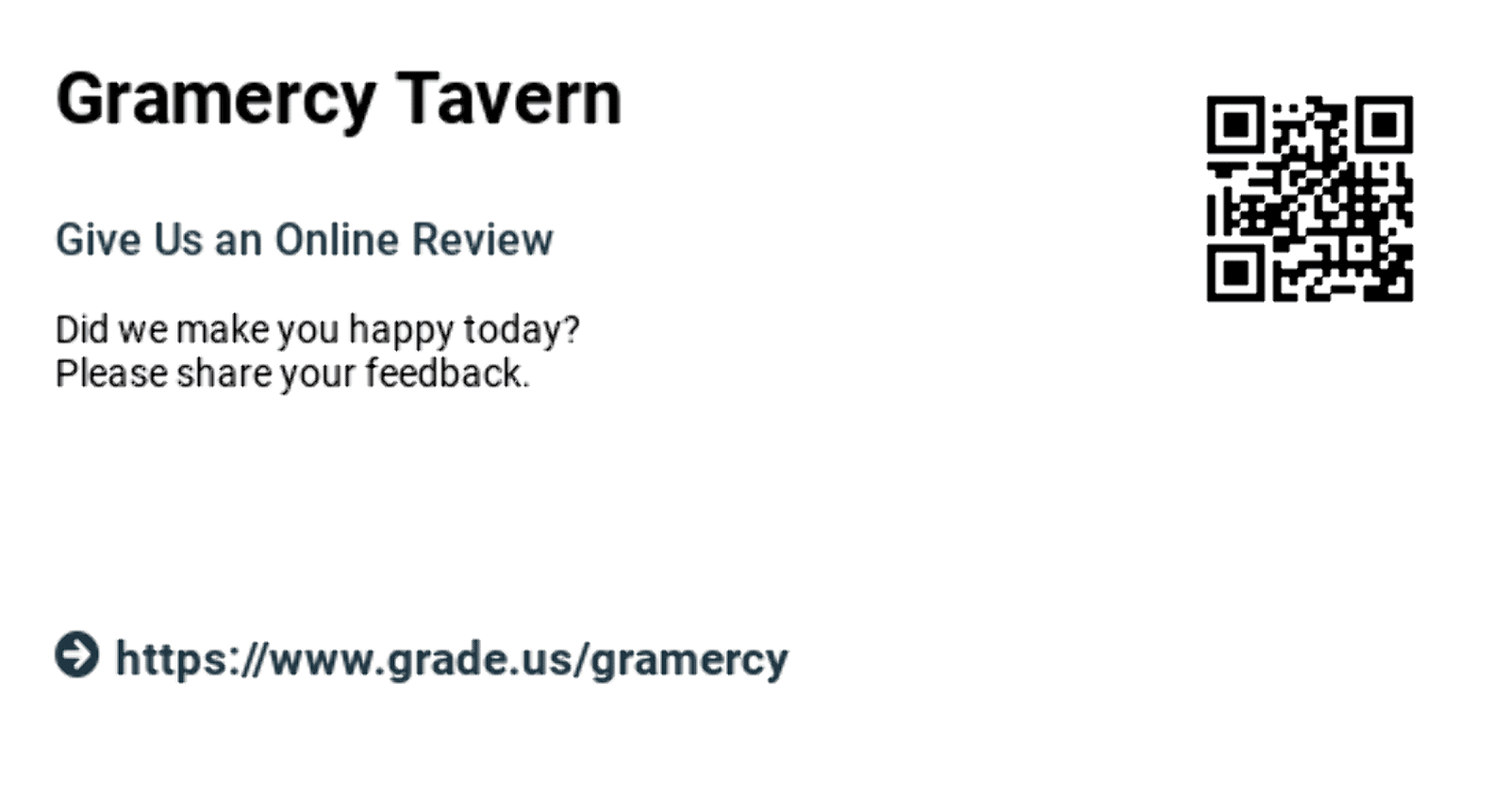Updated 6/16/2020
You’ve built a fantastic service.
Most of your customers are happy. Naturally, you’d like to spread the word. The obvious question is, how? How do you acquire online reviews at scale?
The simple answer? Review request scripts.
At some point, you’ll need to rely on your team. Your employees will need to take up the mantle and begin requesting reviews from your tribe of happy and satisfied customers.
Table of Contents
Your employees don't know how to ask
They don’t know what to say when it comes to asking for a review.
They’ve never been trained to ask for a review. When should they ask? In the middle of the call? Right when they’ve made the sale? What’s worse, there doesn’t seem to be a whole lot of direct upside for employees to earn reviews for your company.
They need guidance.
Your employees need a framework. Review request scripts that give them a set of guidelines that they can use to request online reviews on your behalf. It’s possible to generate positive reviews at scale – if you have the right review request scripts.
A word of caution here.
You’ll need to resist the temptation to follow these review request scripts, any scripts, blindly. Conversations with customers are free-flowing and organic. They can be messy and unpredictable.
Flexibility is key here.
Mindlessly following these review request scripts is an easy way to turn your would-be positive reviews into scathing negative responses. A face-to-face request requires nuance, attentiveness, and sincerity.
The requirements are simple: be excellent to your customers.
Your excellence attracts more excellence
That sounds a bit vague, doesn’t it?
It’s actually about accumulated advantage, a concept known as the Matthew effect. It’s a phenomenon that’s summarized as “the rich get richer, the poor get poorer.”
How does this apply to online reviews?
If you rely on the best members of your team to make the face-to-face ask, you’re far more likely to receive compelling and outstanding reviews. Send a surly or disagreeable employee out to make your request and you’re far more likely to attract more negative reviews.
So send your best.
Send your best marketing, customer service, sales or account management people — the employees who’ve developed close relationships with clients. The legendary support reps your customers seek out. The small number of employees your customers are disproportionately drawn to.
Having a set of review request scripts employees can use gives them confidence. But it’s also on managers to remind employees to use them. Offer encouragement and verbal praise by highlighting standout reviews, sharing the positive ones with everybody.
This upfront work is the key to a successful face-to-face ask.
Unless a face-to-face request is unnecessary
You don’t need a face-to-face review request, do you? Can’t you make your request via email review requests, text review requests, or even Facebook Messenger?
These methods definitely work.
But they don’t work as well as face-to-face interaction. I’ve covered this before, but it’s worth repeating here. Face-to-face review requests are 34 times more effective than impersonal requests made via email, telephone, or social media.
This is the secret most organizations miss.
Your review requests scripts won’t be very useful if you neglect this upfront groundwork.
What about timing?
When should you use these scripts?
Is there a specific time that’s more effective than others?
The short answer is yes.
Here are a few examples that explain the timing behind review requests.
- Reciprocity. You can ask for a review immediately after you’ve done something good for your customer. You’ve just wowed them; you’ve gone above and beyond the call of duty. The principle of reciprocity kicks in, triggering a desire in your customers to return the favor. This tactic is related to prestige.
- Scarcity. There’s something about your customer that makes them special or unique – they’re your first customer, consistent big spenders, key influencers, etc. Uniqueness creates scarcity. Scarcity creates motivation and triggers behavior.
- Authority. Your customer’s story is compelling and persuasive. So you extend them an opportunity to share their story publicly, in the form of an online review, with other customers who are searching for their feedback.
- Prestige. Your customer has just bragged about your service on social media. They’re excited, happy, and feeling like they’re on top of the world. They’re bursting with gratitude as a result of the value you’ve provided. This strategy relies on the Ben Franklin effect.
- Assistance. Your prospects want to see reviews from customers just like them. They want to speak directly to one of your customers, or they want to see a review from a customer with the same pain points, desires, goals, industry, etc. It’s the perfect time to reach out to an existing customer to request a review. This tactic is effective even in situations where a customer has already shared a review. This strategy uses social proof as a persuasion mechanism.
- Rejection. This strategy is perfect for sales and customer support teams. If you’ve presented an up-sell to an existing customer and they’ve rejected it, this is the perfect time to ask them for a review. This approach relies heavily on the door-in-the-face technique.
- Risk. You have a prospect who’s on the fence. They’re ready to decide in your favor, but they have an objection you can’t overcome. You’ve explained their options, but they’re not interested in anything you have to say, they want to hear from your customer. As it turns out, several of your existing customers had the exact fear, objection, or concern your prospect brought up. Sharing these reviews with prospects makes it easier to attract new customers.
- Consistency, or a failure in consistency, creates a review opportunity. If you’ve done fantastic work or your service is consistently amazing, you’ve created ongoing review request opportunities. What about when you’ve let customers down? You request their feedback, using it as a trigger to fix their problem. Flag this customer; once you’ve addressed their problem, you can request a review.
- Admiration. Your customers display behavioral markers showing that they love and admire your business. These customers are the believers and evangelists who are willing to spread the word about your greatness.
- Consensus. Your list of powerful and influential customers shared glowing reviews about your organization. You approach new customers, inviting them to share their review, implicitly honoring and acknowledging them as peers of the powerful.
Did you catch that?
These opportunities create a consistent stream of opportunities your employees can use to request online reviews at any time.
Okay. How?
How do you go about using these “windows of opportunity?” They’re not exactly clear, are they? And this doesn’t really give your employees a clear idea of what they should say.
Ah, but it does.
Review request script #1: Reciprocity
When you make your customers happy, when you do something they expect you to do, your employees can use the “reciprocation script.”
Here’s an example.
Hi [Customer Name],
We’re happy to hear we exceeded your expectations.
Would you be willing to write an online review about your experience?
We’d appreciate it if you’d be willing to share your feedback with us.
If you’re open, I can follow up with an email that will direct you to several review sites after our call.
It would be a great help.
There are several instances where reciprocity works well for clients.
- Customers are happy with the level of service they’ve received.
- You’ve given customers an incentive, gift, or prize well before requesting a review.
Repetition and exposure is why this works.
This strategy works well so long as you train your employees to resist the temptation to manipulate, beg, or harass customers for a review.
Be gracious and kind when you approach your customers. Attempt to force customers into a review and all the goodwill you’ve built up, evaporates.
At this point, all you have to do is remind them of the amazing things you’ve just done for them. Preferably, right after the event in question.
Review request script #2: Scarcity
Identify the metric that makes your particular customer segment unique. Have these customers spent a considerable amount of time or money on your services? Do they know your services as well as your employees? Is your particular customer a foodie? An active reviewer on a specific review platform?
Identify the particular segment you’re looking for, then feed it back to them in your script, like this.
Hey [Customer Name], got a sec?
You’re one of our most knowledgeable customers. You [know us as well as some of our veteran employees do (which is amazing)].
Would you be willing to write an online review about your experience with us? Your review will help other customers just like you — especially those who are on the fence about our services..
I can send the link via text or email, do you have a preference?
Specificity is why this works.
Can you pick out the specific details I’ve used to increase the likelihood that customers will bite? Here’s a list.
- Got a sec? You're asking for less than a minute of their time.
- Most knowledgeable customers know as much as our employees do. (We notice and value your contribution). This section varies depending on your industry, business, and customer segment.
- Help other customers just like you. It’s implied that their review will help you attract more customers, the direct benefit will be to help these new customers get the service they deserve.
- Text or email… Do you have a preference? This assumes that these customers will be willing to help you with the review.
These review request script details are simple, subtle, and very sophisticated. But they’re easy ways to increase your review request conversion rate.
Review request script #3: Authority
As people, we’re concerned with and focused on status. The more noticeable status discrepancies are, the more focused on status we become.
The authority strategy depends on storytelling.
The more compelling your customer’s story, the easier it is for you to increase their status. When you identify those VIP customers that you’ve had a massive amount of success, there’s an opportunity. This can be effective when you’re an SEO agency that’s had a big win for a client that got crushed in their rankings. Maybe you’re a lawyer that won a huge settlement for a client. This could even be in a B2B industry where you simply saved a customer a ton of money. Here’s a conversation script your employees can use.
So [Customer Name],
Your [business] was hit with [a negative experience that happened], you almost [negative outcome that could have happened].
Working together, we attracted a ton of positive reviews, and turned things around for your business.
Would you be willing to write a review about your story?
If you’re open to it, we’d like to share your review on our website as well.
Selfless and completely focused on your customer, that’s why this works.
This story focuses on the customer’s outcome. Their comeback, their opportunity, turn around, or happy ending. What happens when customers express gratitude and say thank you? We put the focus back where it belongs, on them.
That’s important because that’s what high profile sources want.
They don’t care about your company, they care about your customers. Use your customer’s story to create value for a high profile source. Then, later on, ask customers if they’d be willing to share their story on the specific review sites you have in mind.
Review request script #4: Prestige
Do your services come with bragging rights? If prestige and status are integral parts of your industry, this is a good script your employees can follow. Here’s an example of a restaurant script:
Hi [Customer Name],
[Your restaurant] is now [recipient of a local or national award]. This year’s [publication] confirms it. We’re so grateful for your support, we couldn’t have done it without you.
I have a question for you.
What’s your experience with us so far? How can we make your experience with us even better? Would you be willing to write a review about your experience?
If you’re in the restaurant or hospitality industries you can request online reviews with a printable review request.

You can also create a printed card with a QR code that customers can take home (this may be a better idea post-COVID).
Sharing is why this works.
This strategy relies on in-group favoritism. If customers respond to your request, they’re admitting that they’re part of your tribe. What’s also fantastic about the strategy is the sharing that’s taking place. Your success becomes their success; it’s a compelling motivator that entices them to share their story.
It requires a bit of timing, though.
You’ll want to make your requests shortly after the triggering event has taken place. Don’t wait 3, 6, or 12 months after the event for making a request, do it right away. Wait too long, and it’s not as relevant or compelling.
Review request script #5: Assistance
You’re about to close the sale with an important prospect, but they’re looking for references. This is the perfect time to convert neutrals to customer loyalists. This is a one to many strategy; you can extract 10 to 20 reviews from a single prospect reference request. Here’s an example in action:
[Customer Name],
[Prospect Name], a [title] at [Prospect Company], wants to know what you think about your experience with us.
Would you be willing to share the pros and cons of working with us in an online review? You wouldn’t need to speak with anyone directly, just share your thoughts on [Review Platform].
I can send you a link via text or email?
Prestige is why this works.
This strategy works best if you’re able to reference a high-level manager, director, or executive of your prospect’s company. The more important their role, the more likely your existing customers are to say yes to your request. It’s a flattering ask that strokes their ego a bit.
This shouldn’t be the driving factor in your request.
The point you want to drive home is the significant impact their review will make in your prospect’s decision-making process. Their willingness to share their review will impact your prospect’s company and your organization. The nice part about all of this is the fact that you can use these reviews to convert future prospects.
Review request script #6: Rejection
Rejection stings, especially if you’re a salesperson.
Review requests can be used to motivate sales teams and maintain morale. This should be obvious, but you want to ensure your salespeople reach out to existing customers. Here’s a sample script you can use/customize after a customer has declined your upsell offer:
[Customer Name],
No problem, you know your business best. I want to make sure that we’re doing all we can to keep you happy.
While I have you, would you be willing to write a review about your experience with us? We’re looking for feedback from our [best] customers and it would really help us out.
Guilt is why this works.
Don’t misunderstand, I’m not suggesting that you try to make your customers feel guilty. That would be sleazy and gross. Here’s what I’m actually saying; when customers reject your offer, they often feel guilty naturally. This has nothing to do with your sales team and everything to do with your customer.
A review request is a low-risk way to ease their feelings of guilt.
They feel bad for rejecting your offer or your salespeople. A review request allows them to save face with legitimate feedback your organization can use.
Review request script #7: Risk
Every decision comes with risk.
Your service, even if it’s free, comes with risk to the customer. Contrary to popular belief, you can’t remove risk completely. You can reduce it dramatically, but it’s always going to be there. Here’s a script you can use to convert prospects who are on the fence.
[Customer Name],
Some of our clients had objections about [objection]. You had the same objections coming in but you mentioned that your experience with us was [excellent].
Would you be willing to write a review about your experience?
Sharing your review would help put prospects at ease. Those who are feeling uneasy about our services would have the clarity they need to make a decision.
The result is why this works.
If your organization has failed to achieve results for your customer, this isn’t the template to use. If you’ve defused objections, reduced the risk for existing customers, or addressed a hidden fear, you can use this as a motivator to attract more feedback, reviews, and testimonials from happy customers.
Avoid using this script to approach customers who are apathetic or hostile to your organization. It could backfire dramatically.
Review request script #8: Consistency
Reach out to your lifers, your loyal, long-term customers, and request a review. Or reach out to customers who have been disappointed by failures on your part. Look for consistent experiences that are both positive and negative.
Here’s an example:
Hey [Customer Name],
So last week, during our [company meeting], we were talking about some of our very first customers—the amazingly loyal ones who’ve been with us since the beginning.
Your name came up.
You’re part of our top 1 percent. So I wanted to ask, how can we make things even better for you? Would you be willing to write a review about your experience with us? Your opinion on this is kind of a big deal for us.
Reinforcing key metrics, that’s why this works.
In this example, we were targeting our very first customers, so the entire message reinforced that point. As we did before, this content focused on reducing as much friction as possible. This example keeps the request light, easy, and engaging.
Again, specificity is key.
You’ll want the details in your script to be sincere. Make any unethical or questionable moves, and the goodwill you have with customers dries up.
Review request script #9: Admiration
This example is pretty straightforward. You reach out to customers who like your business. Their admiration makes the review request easy.
Hi [Customer Name],
I wanted to thank you for all your generosity and support. Most people aren’t as supportive and encouraging as you’ve been.
Would you be willing to write a review about your experience with us (only takes 3 minutes). If you’re open I’ll send the email review request with a direct link to [review site].
This example is simple and straightforward. It works because customers admire your organization. The more they like and trust you, the easier it is to attract the reviews you need, when you need them.
Easy right?
Review request script #10: Consensus
This script relies on credibility, using social proof to increase customer response.
[Customer Name],
I’ve got a weird request to make. [Competitor Name] our biggest competitor, they have [X] reviews. They’re making a push to bump us out of Google’s local listings. Last week our five-star reviews grew to [X] customers.
Would you be willing to help us extend our lead and win the race? All you’d have to do is answer six questions (only takes 3 min.).
No pressure if you can’t help us out!
Social proof, that’s why this works.
You can take these scripts in a positive or negative direction.
If customers are dog-piling on your business and you can justify why that’s unfair, you can rally customer support. If you have lots of reviews (50+) and you’re looking to extend your lead on multiple platforms, this works well too.
A consensus play can sway neutral customers, but it won’t change an unhappy customer’s mind. It doesn’t fix bad behavior, and these scripts don’t guarantee a yes.
Your employees don't know how to ask for reviews
Review request scripts give them the guidance they need.
They’re helpful tools your employees can use to attract the reviews your business needs to grow. It is possible to acquire positive online reviews at scale – if you have the right scripts and systems in place.
Review request scripts shouldn’t be followed word for word.
Mindlessly reading these scripts, it’s an easy way to turn your would-be positive reviews, into scathing negative responses. Face-to-face requests require nuance, attentiveness, and sincerity. The requirement is simple.
Be excellent to your customers at the right time and in the right way.
You’ve built a fantastic service.
Your customers are happy. Use review request scripts to spread the word. Give your employees the scripts they need to be excellent, and you’ll attract excellent reviews in return.









